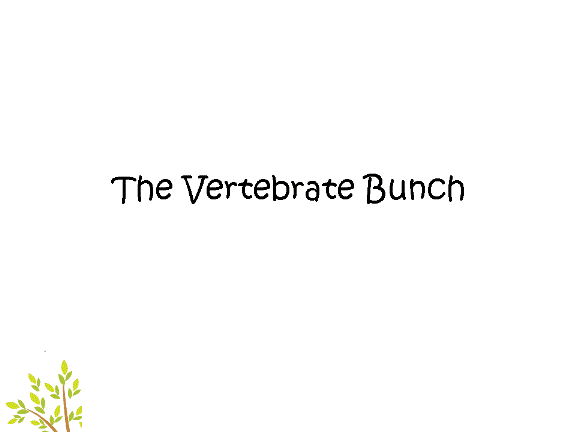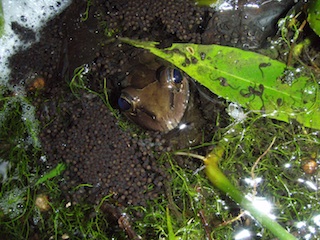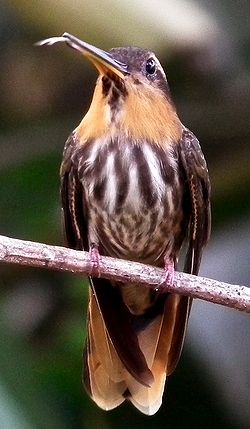Biology of the Vertebrates
EEB 2214, Fall 2013
The evolution of form, function,
& diversity of the vertebrates
Meeting Time: Tuesdays and Thursdays, 12:30-1:45 in BPB130
Textbook: VERTEBRATE LIFE Pough F. H., C. M. Janis, and J. B. Heiser. 2009. Vertebrate Life, 9th Edition.
Prentice Hall.
Contents
Instructors
Dr. Kentwood Wells
Email: kentwood.wells@uconn.edu
Office: Torrey Life Sciences Building 312
Phone: (860) 486-4319
Office hours: by appointment
Susan Z. Herrick
Email: susan.herrick@uconn.edu
Office: Torrey Life Science Building 470
Phone: (860) 486-5662
Office hours: by appointment
Alejandro Rico (Teaching Assistant)
Email: a.rico@uconn.edu
Office: Biology/Pharmacy 404
Phone:(860) 486-0309
Office hours: Tuesdays 2-3 pm and by appointment
Grading
Exam 1 = 100 points (25%)
Exam 2 = 100 points (25%)
Exam 3 = 100 points (25%)
Final - Cumulative = 100 points (25%)
There will be two one-hour, non-cumulative, exams scheduled during the lecture hour. During the final exam period, a third one-hour exam will be given covering material from the final third of the course. Additionally a final cumulative exam will be administered at this time.
Course Policies
Missed Exams:
Any student who does not attend an exam and fails to receive permission in advance will receive a 0 for the exam. Approval of any request to miss an exam requires, but is not guaranteed by, verifiable written documentation of the reason. A student who receives approval to miss an exam will have his or her grade for the missed exam prorated based on his or her performance on the remainder of the exams. We will not give make-up exams. Every student must take the final (Exam 4). Permission to reschedule the final can only be obtained through procedures determined by the Office of Student Services and Advocacy.
Academic Integrity:
Plagiarism and cheating are violations of the student conduct code, and may be punished by failure in the course or, in severe cases, dismissal from the University. For more information, see Section IV of the Student Conduct Code.
Disabilities:
If you have a disability for which you may be requesting an accommodation, you should contact a course instructor and the Center for Students with Disabilities (Wilbur Cross Building, Room 201) within the first two weeks of the semester.
Help Resources
The secret of success to this course is to not let yourself fall behind. Be sure to fill gaps in your notes and navigate blocks in your understanding as soon as possible. Should you run into trouble with the material, below we have listed some steps for obtaining assistance. While we welcome any and all questions on the material, before you contact us, please first check the resources below to see if your question has already been answered. If/when you do contact us, please understand that we will respond as quickly as we can, but we do have other obligations that might prevent this from happening as urgently as you may need (like 3:00 am the day of an exam...).
Study Materials:
The textbook for this course is Pough F. H., C. M. Janis, and J. B. Heiser. 2009. Vertebrate Life, 9th Edition. Prentice Hall. Three copies of the textbook (8th edition) are available at the library iDesk. Ask for call numbers XR5, XR6 and XR7. We strongly encourage you to read the assigned sections before lecture.
Study questions will be posted online after every lecture. These are intended to help you think about and synthesize information. They are not intended to provide a comprehensive study guide.
Phylogenetic Tree Resources:
The ![]() phylogenetic tree of vertebrates provides the backbone for this course.
phylogenetic tree of vertebrates provides the backbone for this course.
This ![]() phylogeny tutorial is designed to help students review their knowledge of trees.
phylogeny tutorial is designed to help students review their knowledge of trees.
Review Sessions:
A review session will be held before each exam. Dates and times will be posted once they are set.
Links to External Resources:
- DigiMorph - Excellent source of 2 & 3D images of internal & external structures of various organisms
- ARKive - a unique collection of thousands of wildlife videos, images and fact-files, with a special focus on the world's threatened species
- iNaturalist - an online database for logging observations of plants and animals. Go to project UConn Vert Bio!
Vertebrates in the News
Birds pay attention to speed limits 26 Aug 2013
New cute furry mammal species discovered in Colombia and Ecuador 15 Aug 2013
New oldest dinosaur 4 Dec 2012
Diatryma: unequipped to be a carnivore? 23 Nov 2012
Turtles fossilised in sex embrace 19 June 2012
Chinese turtle passes WASTE urea through its MOUTH 11 October 2012
Bull sharks have strongest bite of all shark species 12 October 2012
Size matters for 'sex cheat' frogs 15 October 2012
Dolphin 'sponging' spans centuries 22 October 2012
Because the alternative title to this course is David Attenborough 101 17 Nov 2011
New species of Snub-nose Monkey found in Burma 30 Aug 2011
Pea-sized frog found in Borneo 30 Aug 2010



